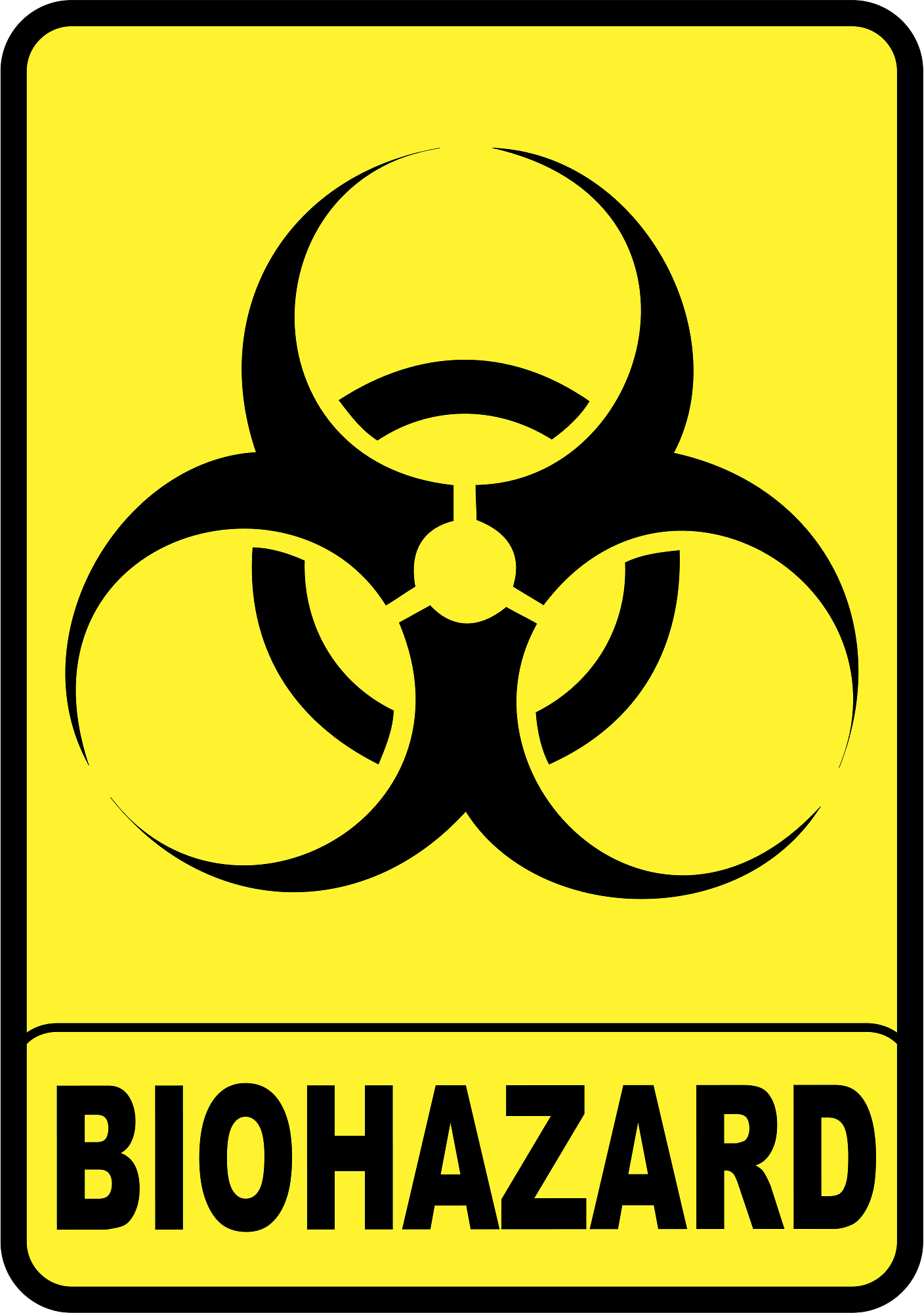
For an injured worker, navigating the workers’ compensation claims process is usually uncharted territory. Having an employer to help steer the ship can make all the difference in their claim experience.
Communication is the golden rule for any claim. For an injured worker, a prompt post-injury response can lead to more immediate medical treatment, lower risk of long-term disabilities, peace of mind, and faster acclimation to a full-duty return to work when possible. However, any possibility of these benefits relies heavily on the willing action of their employer and their active stakeholders to keep them informed and engaged throughout the process.
“Post-injury can be very scary for an injured worker and their family or support structure, who may not know what to do or where to start. If an injured worker feels abandoned by their employer post-injury, this can lead to adverse claim outcomes,” said Jayde Laxton, Managing Director – Claims at Safety National. “Immediate contact and open communication from their employer provides a level of empathy and compassion necessary to ease their concerns. Involving a third-party administrator early on can also keep the injured employee and their family updated on the process and recovery expectations.”
Communication can yield the following benefits, which can be extremely helpful in optimizing the outcome of a workers’ compensation claim:
1. Builds trust and enhances meaningful conversations.
Trust is the eternal motivator for any claim progression, but how can an employer build trust without seeming overly eager to benefit their organization? The first step is always empathy. Involve a nurse case manager early, who specifically meets the needs of the claim. For example, in catastrophic cases, a more experienced nurse will be needed to appropriately discuss the recovery process with the family. Regardless of severity, empathy should always be prioritized, demonstrating urgency in care coordination and recovery.
2. Expedites the claims process.
Unlike employers and adjusters, an injured worker is typically unfamiliar with the workers’ compensation system. Employees may self-educate, but they mostly rely on their employer to explain the process, providing information like medical and indemnity benefits and contact details for the stakeholders involved.
3. Prevents long-term claims occurrence.
An injured worker should feel supported for the length of the claim and beyond. Inconsistent communication after the initial injury can lead to unpredictability from the employee. If they feel the claim is being mismanaged or left as an afterthought, they may feel more inclined to retain an attorney and engage in litigation. Building rapport with an employee can reinforce a sense of security, making them feel valued throughout the life of the claim.
4. Empowers the injured worker.
Employers have one tool to help their employees avoid a potential path to permanent disability – a strong return-to-work program. Employees should be provided guidance on any available policy, a description of processes to be followed, and key contact information. Full transparency of benefits and challenges in their recovery allows them to make informed decisions and take ownership of their journey.
5. Promotes a culture of cooperation.
Again, enhanced communication with an injured worker may reduce the chance that they obtain an attorney for their claim. Sometimes, employees will still retain an attorney, but injured workers may reach settlements quicker and sometimes for lower amounts through constant communication with their claims team. Attorneys may encourage their clients to disengage with their employer, but the injured worker may have already established a relationship of trust.
Originally published in Safety National’s Carrier Chronicles

Missed Our Recent Trainings? If you couldn’t attend our recent Virtual Round Table on Return to Work Strategies or LEARN Webinars, you can still catch up! Recordings are now available online, so you can access valuable insights and best practices at your convenience.

Understanding and Preventing Bloodborne Pathogen Exposure in the Workplace
Bloodborne pathogens are infectious diseases, such as Hepatitis B, Hepatitis C, and HIV, that can be transmitted through blood or other potentially infectious body fluids. These diseases pose serious health risks, as they can enter the body through the eyes, nose, mouth, or broken skin, potentially leading to severe illness or even death.
As an employer, it is your responsibility to protect employees from exposure to bloodborne pathogens through proper training and preventive measures.
Who Is at Risk?
Employees in healthcare and public safety fields face a higher risk of exposure. This includes:
- Nurses and health aides
- Emergency medical technicians (EMTs)
- Law enforcement officers
- Correctional officers
- Housekeeping staff in medical or public facilities
If your employees work in environments where they may come into contact with blood or bodily fluids, it is critical to implement proper safety protocols.
OSHA Compliance and Employee Training
To comply with OSHA regulations, employers must provide bloodborne pathogen training to at-risk employees. This training should:
- Educate employees on the risks of exposure
- Provide clear instructions on avoiding contact with bloodborne pathogens
- Teach proper use and disposal of hazardous materials, such as syringes and needles
- Be conducted before employees begin work in high-risk environments
Employees have the right to know the risks associated with their jobs and how to protect themselves from harm. A well-trained workforce not only reduces the likelihood of exposure but also ensures a safer work environment for everyone.
The Cost of Bloodborne Pathogen Claims
Claims involving bloodborne pathogen exposure can be costly and time-consuming. Employees may require medical testing for up to a year following exposure, and while these claims typically do not involve indemnity benefits, the time required for testing and treatment can impact productivity. Additionally, vaccinations and follow-up care can cost anywhere from a few hundred to several thousand dollars, depending on the treatment needed.
Take Action: Prioritize Training and Prevention
Investing in proper training and prevention strategies can significantly reduce the risks and costs associated with bloodborne pathogen exposure. Make workplace safety a priority by ensuring your employees are well-informed and equipped to handle potential hazards.
By taking proactive measures, you protect not only your employees’ health but also your organization’s long-term stability.
Upcoming Trainings…
Webinar: Accurate Payroll Reporting
Learn how to ensure your estimated premium is accurate with tips on payroll inclusions/exclusions, calculating overtime, and more.
- March 18, 9:30 a.m.
- Register Now






